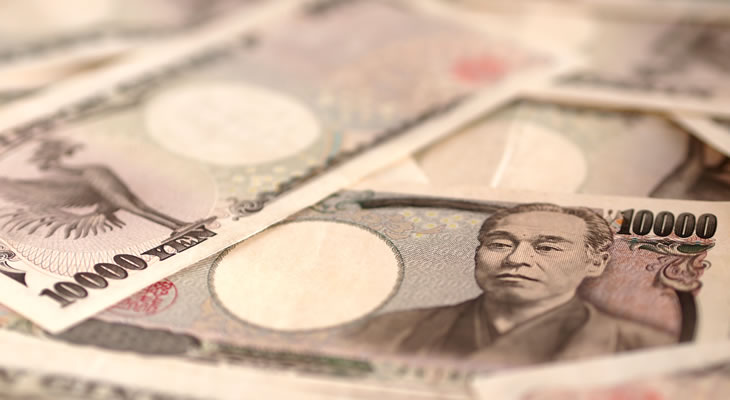The US Dollar Japanese Yen exchange rate surged once again on Thursday in reaction to the Federal Reserve’s outlook on 2017 interest rate hikes. As USD JPY trends above 118.00 for the first time since February, what would it take for the exchange rate to advance higher or retreat in the coming year?
US Dollar (USD) Surges on Hopes for Three 2017 Fed Rate Hikes
While a December rate hike from the Federal Reserve was widely expected, the relatively hawkish tone taken by members of the Federal Open Market Committee (FOMC), including Chairwoman Janet Yellen, left traders bullish on the US Dollar.
Yellen indicated that the bank intended to hike three times throughout 2017, which was a more bullish outlook than most traders expected.
The bank also stated that the US labour market was close to full capacity, but expressed uncertainty about the future of fiscal policy – a hint at the lack of clarity in the policies of President-elect Donald Trump.
As a result, the US Dollar’s surge was slightly more restrained than it might otherwise have been.
Japanese Yen (JPY) Falls on More Bullish Fed Rate Outlook
The Japanese Yen’s performance has become increasingly correlated to the Federal Reserve’s monetary policy outlook in the last year.
As a result it’s no surprise that the combination of a 25 basis point rate hike from the Fed as well as the intention to hike rates three times in 2017 has left the Yen far weaker.
This will come as more welcome news for Japan’s government and will ease traders who were concerned about the possibility of the government’s intervention in the forex market to keep JPY from being too overvalued.
US Dollar Japanese Yen Forecast: Long-Term Gains Ahead if US Economy Cooperates
The long-term outlook of the US Dollar Japanese Yen exchange rate has a wide variety of potential paths. Anyone who remembers the Fed’s 2015 bullishness and intention to hike US interest rates four times in 2016 should be able to see why.
US economic activity is not a certainty and with the highly uncertain Trump administration still yet to take office, there is a very real possibility that things will not go as planned in 2017 either.
If Trump’s fiscal policies do indeed cause short-term reflation and stronger economic activity in 2017 and 2018, it’s likely the Fed will remain relatively hawkish. If the Fed continues to express a tightening bias, USD JPY will certainly continue to advance quite considerably.
However, this does depend on US economic performance after Trump takes office.
As the Fed indicated, the US job market is near full capacity, meaning Trump’s plan to spend $1t on infrastructure development may not make as significant an improvement to the job market as he promises.
There’s also the possibility of Trump’s administration harming trade deals, which may have other adverse effects on the US economy.
As a result, the three-hike Fed outlook is anything but certain – something Yellen herself indicated on Wednesday. USD JPY would plummet if the Fed outlook was downgraded in the coming months or if the general US economic outlook suddenly began to struggle again.
At the time of writing, the US Dollar Japanese Yen exchange rate trended in the region of 118.40, while the Japanese Yen US Dollar exchange rate traded near 0.0084.


Comments are closed.